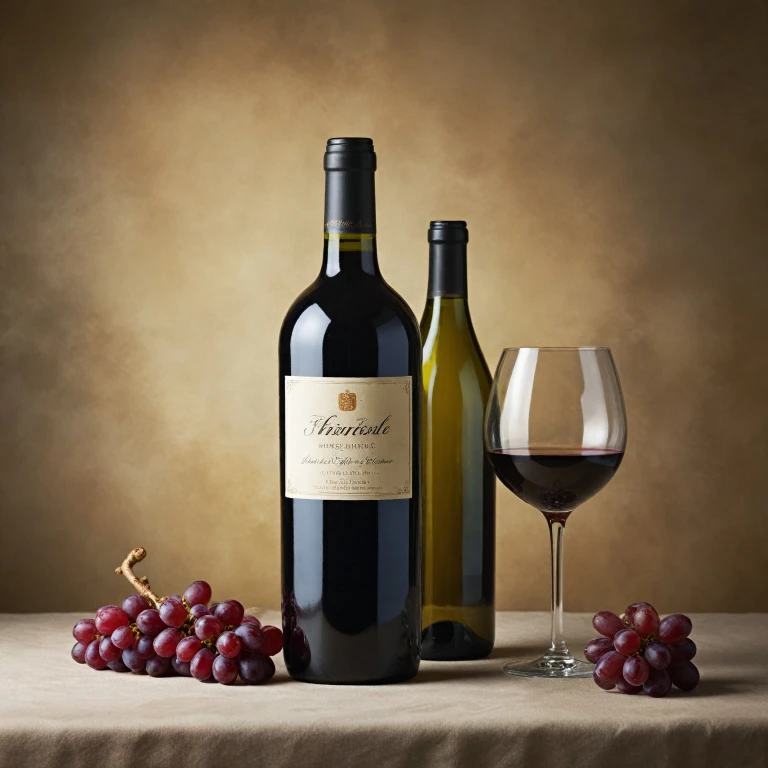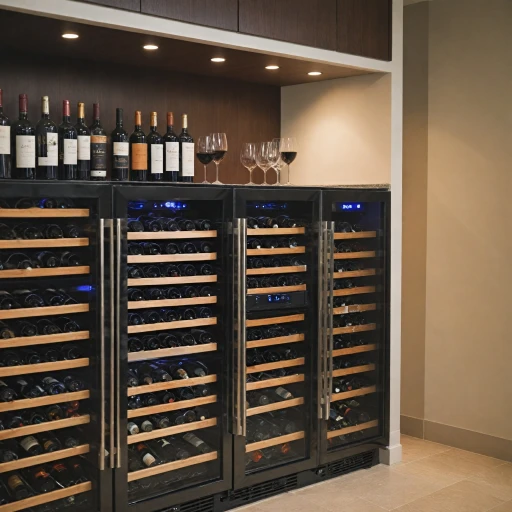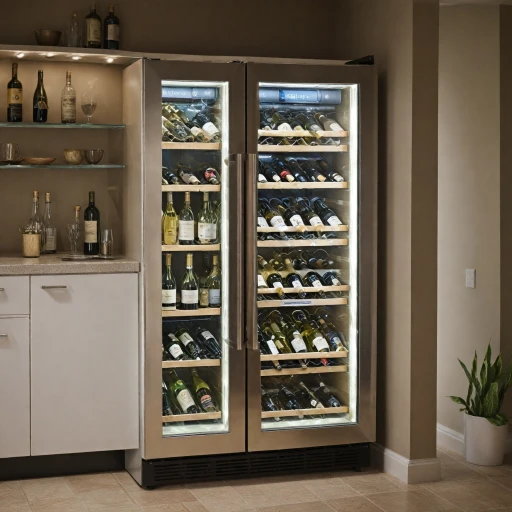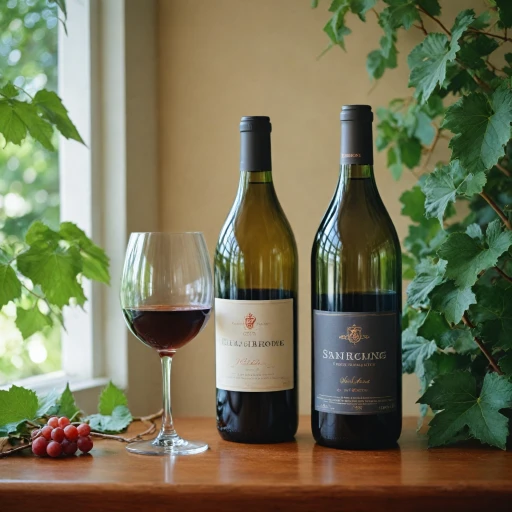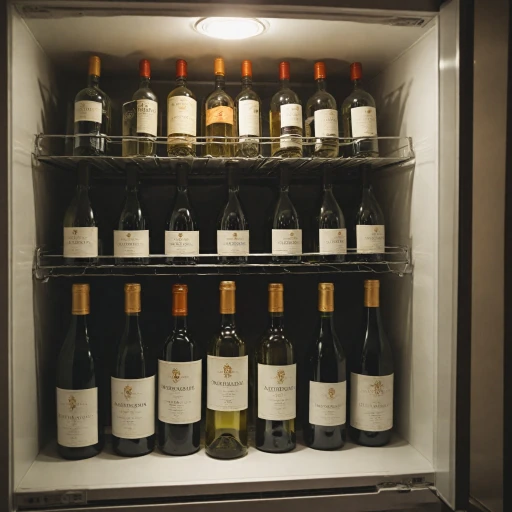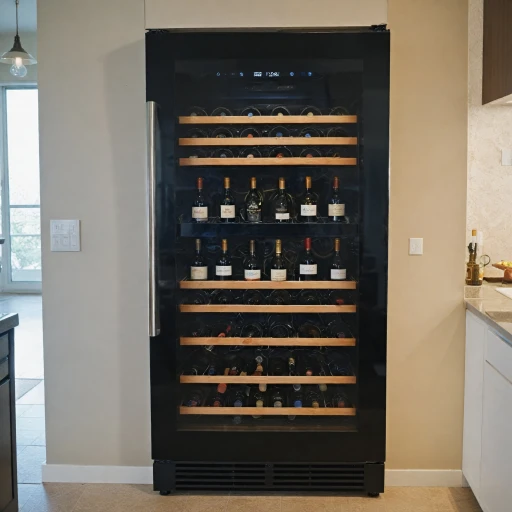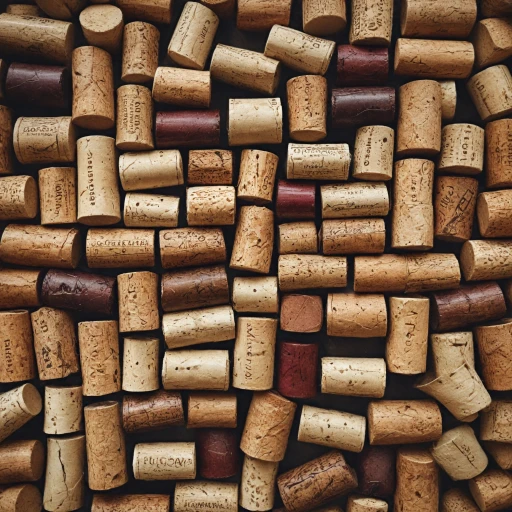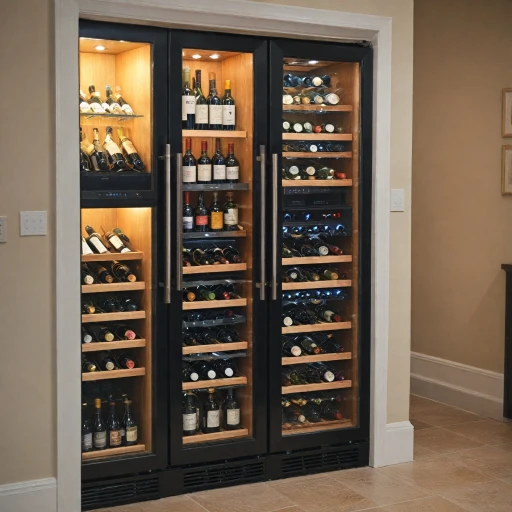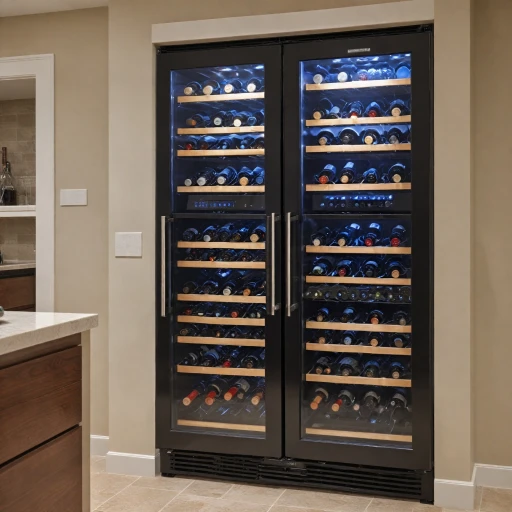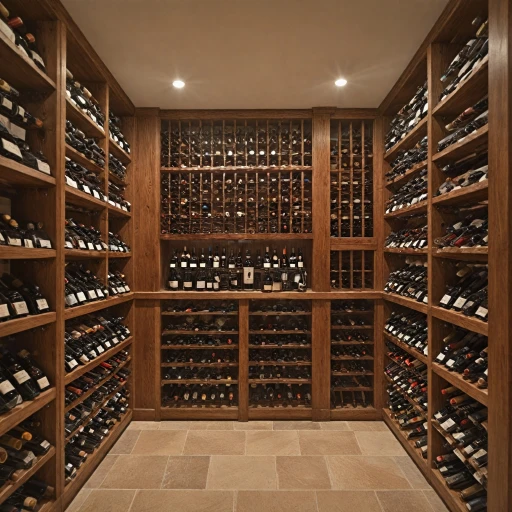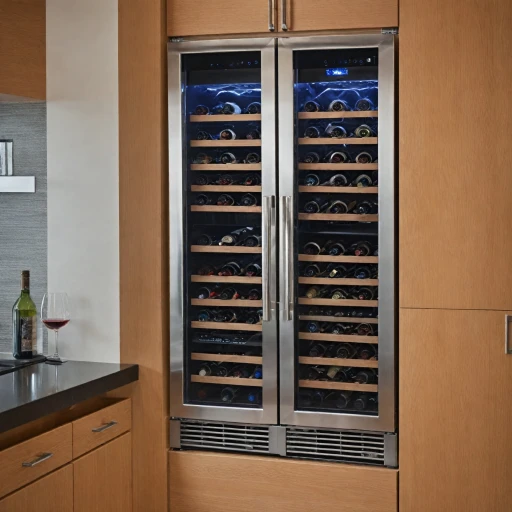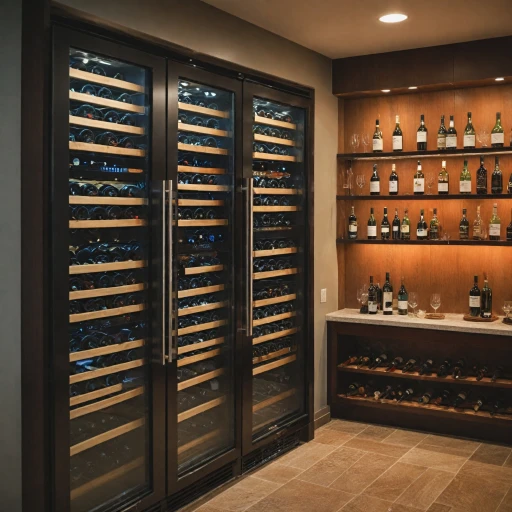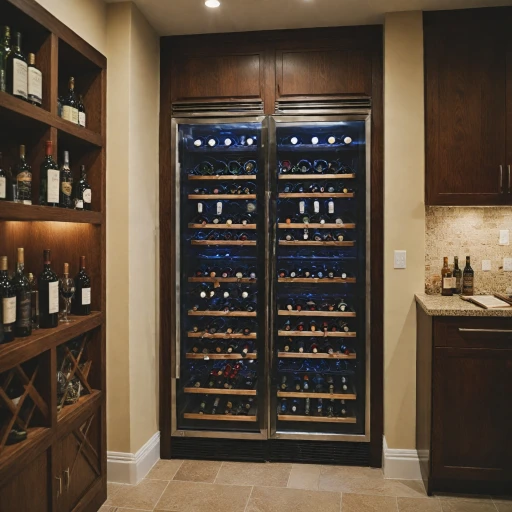
Understanding Wine Preserver Gas
Exploring the Essence of Wine Preserver Gas
The concept of wine preserver gas has been a game-changer for wine preservation, helping to maintain the quality of both red and white varieties. Essentially, wine preserver gases, such as argon gas, act as a barrier between the wine surface and the air, ensuring that the wine remains fresh and enjoyable even after days of being opened. Why is this important? Well, when a wine bottle is opened, oxygen enters, which can quickly lead to oxidation and spoilage. This process can alter the flavor and aroma of the wine significantly.
Wine preservation is crucial for avid wine enthusiasts who may not consume the entire bottle wine in one sitting. With the help of a good wine saver system that uses inert gas, these enthusiasts can enjoy their wine over multiple days without worrying about a decline in quality. Products like wine stoppers and preserver sprays, which inject argon or other gases into the opened wine bottle, are widely available on platforms like Amazon, where they receive a range of reviews from five-star ratings to more critical views. The star ratings often reflect user experiences regarding how well the products preserve wine freshness.
Preservers work well by creating an oxygen-free environment in which wine can continue to develop its nuances securely. Some customers note that they are able to enjoy a wine days after initial opening with minimal change in its profile. Arguably, the positive impact of these systems on preservation is increasingly recognized, although misconceptions about their efficacy persist. For example, some believe that gas preservation might alter the inherent characteristics of the wine, yet users with verified purchase reviews often report that the taste remains intact. To further explore this topic, consider learning about humidity-controlled wine storage environments that can complement these preservation techniques.
Benefits of Using Wine Preserver Gas
The Value of Wine Preserver Gas to Maintain Your Wine's Freshness
Wine preservation has long been a concern for enthusiasts who want to enjoy the rich flavors and complex aromas of their favorite wines, whether it be vibrant red wine or crisp white wine. Enter the world of wine preserver gas, where argon gas often takes the spotlight. But what makes these gases essential in preserving wine?
First and foremost, when you open a bottle of wine, it's exposed to oxygen, which can lead to oxidation. This oxidation process can alter the wine's taste and aroma, leaving it less enjoyable. Here, wine preserver gases play a crucial role. By creating a protective layer over the wine, these inert gases, which include argon, prevent oxygen from getting into contact with the wine, thereby slowing down the oxidation process.
Argon, in particular, has gained popularity because it is heavier than oxygen, allowing it to create an effective barrier on top of the wine's surface in an opened bottle. Once the gas is introduced into the bottle, you can confidently seal it with a good, tight cork or one of the various wine stoppers available. This method of preservation helps extend the life of your wine for several days, allowing you to savor it over time.
Another noteworthy advantage is the convenience it offers. With a wine saver system, you won't have to rush to finish a bottle in one sitting. Instead, you can read reviews on Amazon for systems that work well and find the one with the most verified purchase stars that suits your needs the best. Whether you're dealing with a few open bottles at once or just want to preserve wine until your next dinner with friends, a wine preserver gas is your ally.
So, if you’re looking to preserve your wine's quality, argon gas is a preferred choice. For those interested in expanding their knowledge and exploring more effective ways to enhance their wine collection, consider checking out how you can enhance your wine collection with a humidity-controlled wine fridge.
Types of Wine Preserver Gases
Exploring Various Wine Preserver Gases
When it comes to preserving wine, utilizing the right wine preserver gas is crucial. Different types of inert gases are employed in the process, each with its own unique properties and merits. Understanding these options will enhance your wine preservation efforts, keeping every wine bottle ready for you to enjoy even days after opening.- Argon Gas: Argon gas is one of the most popular choices for wine preservation. Its heavy and inert nature makes it highly effective in displacing oxygen without affecting the wine's flavor or aroma. The effectiveness of argon in sealing off oxidation ensures your opened bottle maintains its integrity over time. For those looking to preserve their wine using argon, it's also interesting to consider how keeping your wine at optimal temperatures can further enhance wine preservation efforts.
- Nitrogen Gas: Traditionally used by both novice and expert wine preservers, nitrogen gas works by displacing oxygen. Although it's lighter than argon, nitrogen is effective in keeping your wine safe from oxidation for several days. Turning to expert reviews and verified purchase feedback can often showcase how nitrogen-based systems deliver positive results in terms of wine freshness.
- Carbon Dioxide Gas: While not as commonly used as argon or nitrogen, carbon dioxide is sometimes incorporated in certain preservation systems. Given its dual role in both preservation and carbonation, it is generally more suitable for sparkling wines rather than still wines.
How to Use Wine Preserver Gas Effectively
Mastering the Use of Wine Preserver Gas
Using wine preserver gas effectively is an essential skill that any wine enthusiast should master. Once you have opened your bottle of wine, it is exposed to oxygen, leading to the degradation of its flavors and aromas. To counteract this, wine preserver gas, often made of argon or other inert gases, can be used to displace oxygen, extending the wine's life by several days.- Wine Stoppers and Preservation: After you pour your glass, insert a wine stopper tailored for gas preservation. This not only seals the open bottle but also allows the gas to work effectively.
- Applying the Gas: With the stopper in place, gently insert the nozzle of your wine preserver gas into the bottle. Press the button to release the gas, ensuring the bottle is upright to allow the gas to form a protective layer over the wine.
- Storage Solutions: After applying the gas, place the wine in a cool, dark place, ideally a wine fridge at optimal temperature settings to further prolong its quality.
- Observing Wine Days: Keep track of the number of wine days elapsed since the bottle was opened. While the gas helps to preserve wine, its effectiveness diminishes over time. Most wines will remain good for up to five days, but remember to read reviews on products like Private Preserve on Amazon to ensure you're using a well-reviewed, verified purchase.
Common Misconceptions About Wine Preserver Gas
Unveiling Myths: Gas Dissipation and Wine Quality
One common misconception about wine preserver gas is that it negatively impacts the taste or quality of the wine. In reality, using a wine preserver like argon gas can help maintain the wine's original characteristics by preventing oxidation. When a bottle is opened, oxygen enters and starts to alter the wine's flavor. Employing an inert gas for wine preservation forms a protective layer over the wine's surface, effectively shielding it from oxygen exposure.
Another misunderstanding is regarding the saturation level of the gas within the bottle. It’s important to note that the right amount of gas can efficiently preserve a bottle’s quality for several wine days until the open bottle is consumed. A spray from a wine saver is typically enough for a standard bottle. Additionally, the fear of gas dissipating quickly is largely unfounded; once applied properly, the effects of an inert gas preserve wine effectively for multiple days.
There is also a belief that all inert gases work equally well for preserving wine. However, as explored previously, each type of gas, such as argon, has its unique properties and efficiency levels. Reading verified reviews on platforms like Amazon, from those who enjoy both red and white wines, can provide insight into which wine stoppers and preservers work well.
Finally, some assume that a wine preserver solely serves commercial purposes, but they are equally beneficial for personal collections. This is especially true for those who occasionally open bottles but wish to extend the enjoyment period across several days without quality loss.
To maximize your wine preservation efforts, understanding these misconceptions and the scientific principles behind gas usage can make a significant difference. With the right wine preserver, whether you favor a cork or bottle stopper, you can maintain the elegance of your wine collection.
Choosing the Right Wine Preserver Gas for Your Needs
Finding the Perfect Match for Your Wine Preservation Needs
Selecting the right wine preserver gas is essential for maintaining the quality of your beloved wines. It might seem overwhelming given the variety of options available, but understanding your needs can simplify the decision-making process.
Consider the frequency of your wine consumption. If you open bottles only occasionally, a simple wine saver with a bottle stopper might suffice. It effectively preserves wine for a few days by minimizing oxygen exposure. However, for those who frequently open bottles or wish to keep wine fresh for extended periods, opting for argon gas or other inert gases can work well as they provide a more effective barrier against oxidation.
Another factor is the type of wine you regularly consume. Red wine, for instance, may require different preservation techniques compared to white or sparkling wines. Some gas preservatives are more effective with certain wine types, so review product descriptions carefully.
It's also wise to read verified purchase reviews on platforms like Amazon to gather insights on how different products perform. While read through these reviews, both positive and negative, to ensure a balanced perspective. Observe factors such as ease of use, preservation period (wine days), and effectiveness in keeping the wine's quality intact.
Finally, personal preference plays a role. Some prefer the traditional cork method, while others enjoy the convenience of modern gas preservation solutions like the Private Preserve. Whichever you choose, ensuring the longevity of your wine bottle is key to a delightful wine experience, allowing you to fully enjoy your open bottle over several days.

